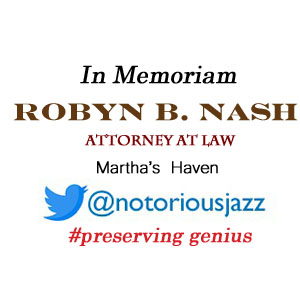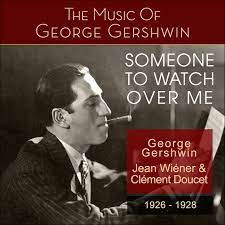
Daily Dose Of Jazz…
Léon Clément Doucet was born on April 9, 1895 in Brussels, Belgium. For a time he studied at the city’s Conservatoire under Arthur De Greef, who had been a pupil of Franz Liszt.
His formal training was classical, though as he traveled to the United States where he gained some influence from jazz. Some of his arrangements are still played today, including Chopinata, a jazz tribute to several works by Frédéric Chopin.
After returning to Europe, Clément became the house pianist at the Parisian cabaret Le Boeuf sur le Toit, succeeding Jean Wiéner. He and Wiéner formed a piano duo that spanned 15 years from 1924 to 1939. They performed over 2000 concerts and made over 100 recordings of jazz, blues, and classical music.
They also made a small number of recordings in which they accompanied French chansonniers. These include ten sides with Maurice Chevalier, Édith Piaf, Yvonne George, Jean Sablon and Germaine Sablon and others.
Pianist Clément Doucet transitioned at the age of 55 on October 15, 1950 in his hometown.
More Posts: bandleader,history,instrumental,jazz,music,piano
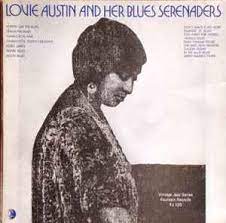
Daily Dose Of Jazz…
Bob Shoffner was born on April 4, 1900 in St. Louis, Missouri. Growing up he played drums and bugle before settling on trumpet at age eleven. Playing trumpet in a military band, he served in the U.S. Army from 1917-1919, and after his discharge he played with Charlie Creath and Tommy Parker in territory bands.
Relocating to Chicago, Illinois in 1921, Bob played with John H. Wickcliffe, Everett Robbins, and Mae Brady. He returned to St. Louis, served briefly under Creath before heading back to Chicago to play with Honore Dutrey. Then, in 1924,he replaced Louis Armstrong in King Oliver’s Creole Jazzband, playing with Oliver until 1927. He went on to spend time with Dave Peyton and Lottie Hightower during this time as well, and recorded with Lovie Austin, Jimmy O’Bryant, Ida Cox, and Luis Russell.
Shoffner suffered a lip ailment in 1927, but returned after a few months to hit with Charles Elgar in 1928, Erskine Tate, Jerome Carrington, McKinney’s Cotton Pickers in 1931, and Frankie Jaxon in ‘32. A move to New York City in 1934, had him with Fess Williams, Fletcher Henderson, and Hot Lips Page towards the end of the decade..
Around 1940 he returned once more to Chicago and took a job working for the state but recorded with Richard M. Jones in the middle of the 1940s. Taking a hiatus from music until 1957he came back to play with Franz Jackson’s Original Jazz All-Stars from 1957 to 1963.
Health concerns forced him into semi-retirement after this time. Trumpeter Bob Shoffner transitioned on March 5, 1983.
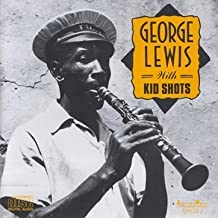
Daily Dose Of Jazz…
Louis “Kid Shots” Madison was born on February 19, 1899 in New Orleans, Louisiana. He studied cornet under David Jones, Louis Dumaine, and Joe Howard.
In 1915, he becames the drummer in the Colored Waif’s Home band with Louis Armstrong. By 1923, he was playing second cornet with the Tuxedo Brass Band. During the 1930s, he played with the WPA Brass Band and in the Forties he performed as a member of the New Orleans Eureka Brass Band.
In January 1948, cornetist Kid Shots Madison suffered from a stroke and transitioned eight months later in September in his hometown.
More Posts: cornet,history,instrumental,jazz,music
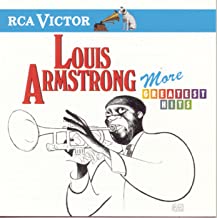
Daily Dose Of Jazz…
Zilner Trenton Randolph was born in Dermott, Arkansas on January 28, 1899 and matriculated at Biddle University, the Kreuger Conservatory, and the Wisconsin Conservatory of Music.
Randolph played in St. Louis, Missouri in the early 1920s, then in Bernie Young’s band in Milwaukee, Wisconsin from 1927 to 1930. A move to Chicago, Illinois in 1931 and was a trumpeter and arranger with Louis Armstrong until 1932 and again in 1933 and 1935.
He played trumpet on a number of Armstrong’s recordings and composed the tune Old Man Mose. In 1934 he played with Carroll Dickerson and Dave Peyton, and led his own Chicago band later in the decade. He arranged for bandleaders Earl Hines, Woody Herman, Fletcher Henderson, and Duke Ellington, and led a quartet in the 1940s.
From the 1940s Zilner devoted himself mainly to teaching, but recorded as a pianist in 1951. Trumpeter, arranger, composer and music educator Zilner Randolph, whose children Hattie and Lucious were part of Sun Ra’s band in the Fifties, transitioned on February 2, 1994.
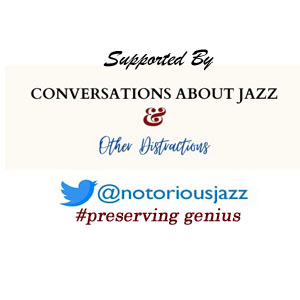
More Posts: arranger,bandleader,composer,educator,history,instrumental,jazz,music,trumpet
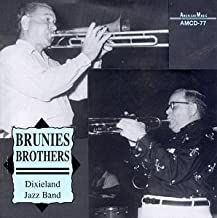
Daily Dose Of Jazz…
Albert “Abbie” Brunies was born on January 19, 1900 in New Orleans, Louisiana into a famous musical family, which counted among its members George Brunies and Merritt Brunies.
He was the leader of the Halfway House Orchestra from 1919 to about 1927, playing at the Halfway House Club in New Orleans. This ensemble recorded for Okeh Records in 1925. Among the musicians who played in this group were New Orleans Rhythm Kings members Charlie Cordella, Mickey Marcour, Leon Rappolo, Sidney Arodin, Bill Eastwood, Joe Loyacano and Leo Adde.
He played in New Orleans into the mid-1940s, after which time he moved to Biloxi, Mississippi. There he played with Merritt in the Brunie Brothers Dixieland Jazz Band. Unfortunately, this ensemble recorded sparsely. Cornetist Abbie Brunies transitioned on October 2, 1978.

More Posts: cornet,history,instrumental,jazz,music


